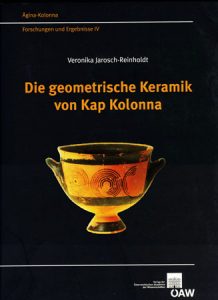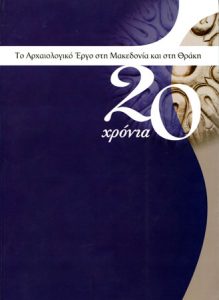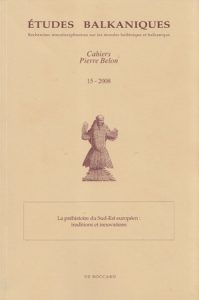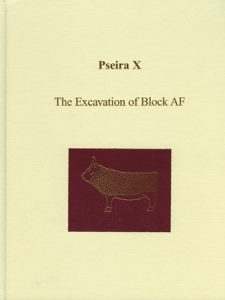Die Synchronisierung der nördlichen Levante und Kilikiens mit der ägäischen Spätbronzezeit
Wien 2009











The Aigina Treasure, a group of Greek Bronze Age gold jewellery and other objects believed to come from the island of Aigina, was memorably described by Reynold Higgins as ‘a rich, beautiful and very perplexing collection’. It has both fascinated and puzzled scholars and the wider world since it first came to notice in 1891, when it was offered to the British Museum for sale. The fascination arises from the recognition that such rich assemblages are rare: the Treasure potentially provides very significant evidence both for the history of early jewellery and for the history of the culture that made and used it. However, the lack of precise provenance and known associations makes it difficult to determine exactly where in our picture of the ancient world the Aigina Treasure fits.

Bis heute ist Heinrich Schliemanns Bedeutung — Schatzgräber oder Pionier archäologischer Forschung — ebenso umstritten wie die Frage, ob die von ihm ausgegrabene Stadt tatsächlich das homerische Troja war. Das Berliner Museum für Vor- und Frühgeschichte besitzt weltweit die größte Sammlung von archäologischen Funden aus Schliemanns Grabungen in Troja, der sagenhaften Stadt des Dichters Homer.

In 2008, Professor Spyros Iakovides celebrated his 85th birthday as well as 50 years of contribution to the excavation of Mycenae. He originally collaborated with George Mylonas and has been excavation director for the last 20 years. In order to honour his contribution, students, colleagues and friends dedicated a volume of studies on Mycenaean archaeology, the main field of research for Spyros Iakovides. The volume is a small token of appreciation, respect and caring for the academic professor and friend, with the fitting title of - ΔΩΡΟΝ -, a word first recorded on a Linear B tablet (ΤΥ Τη 316) with the meaning of contribution (do-ra).



